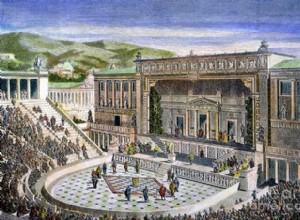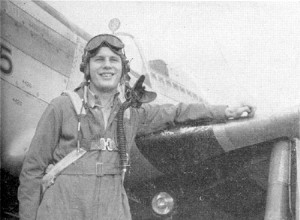The Greek Theater It was a very important artistic manifestation in the development of Greek culture. In addition, it served as an influence and inspiration for other peoples of antiquity, especially the Romans. It is worth remembering that the term theater (theater ), from the Greek, means “place




